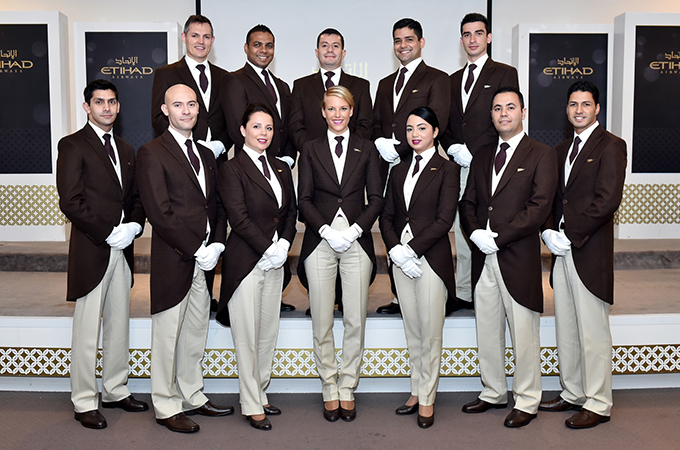Autumn 2018
MEBAA Show, the largest business aviation event in the Mena region, is expected to create a record with more than 500 exhibitors and 9,900 visitors taking part
As the business aviation industry in the Middle East and North Africa (Mena) region expands, the MEBAA Show continues to grow with 500 exhibitors and 9,900 visitors expected at the 2018 edition from around the world.
The MEBAA Show 2018 takes place at DWC, Airshow Site from December 10 to 12. The show will incorporate MEBAA Conference, which will be held the day before the show opens on December 9.
“Both exhibitors and visitors are expected to increase 10 per cent over the previous editions of the shows. The static display will feature around 50 of the latest business aircraft, although we won’t have the exact number of them until closer to the event. Overall, the MEBAA Show 2018 is expected to be the biggest one yet,” says Ali Ahmed Alnaqbi, Founder and Executive Chairman of MEBAA, in an exclusive interview with Arabian Knight.
“MEBAA’s mission is to provide a platform for members of the business aviation industry in the Mena region to gather, understand and communicate the needs and benefits of the industry,” continues Alnaqbi.
“The show is the biggest business aviation event in Mena and provides a platform for the entire industry to meet, network and do business in the region. “The growth in attendees speaks for itself in terms of its reputation. The region puts a premium on face-to-face networking as an integral part of doing business and the MEBAA show has provided the ideal forum for this,” says Alnaqbi.
“The MEBAA Show has helped to raise the profile of the region within the industry and has risen to become a ‘must attend’ event in the aerospace calendar.” he adds.
Excerpts from the interview:
MEBAA Show will celebrate its eighth edition in December. How has been the journey so far?
The journey has been fantastic – it’s been wonderful to see the show grow in line with the industry in the region. From its start within the Dubai Airshow in 2005, to it becoming a standalone show the following year, the move to the purpose-built DWC, Airshow Site in 2014, we have seen an exponential growth in both exhibitors and attendees. What I find the most satisfying about the journey is the fact that the MEBAA Show is providing the business aviation industry with a platform in the Middle East and North Africa – a region with so much potential and proven growth. To see the market respond so positively reinforces the fact there is a demand for a business aviation show in the region.
What difference has the MEBAA association been able to make to the business aviation sector in the region?
Over the last 13 years, MEBAA has made a big difference, I am so proud of what the association has achieved. Previously, there was little to no awareness or understanding of business aviation in the region, private aviation was seen as a mode of travel for UHNW individuals and was not seen as a business tool with the potential to add true value to businesses. Over the years, we have seen a change in its perception as a valuable asset to businesses as companies realise its value.
Secondly, governments across Mena have begun to include business aviation in aviation plans, looking at it as a complementary part of the industry and accounting for it in aviation plans.
And third, civil aviation authorities are also recognising business aviation when developing rules and regulations and including it in these plans, which historically were focused much more on commercial airlines.
Twelve years ago there were barely any fixed base operators (FBOs) within the region to support business aviation – and now you only have to look at how many there are in the UAE to see the incredible growth in the sector.
Most importantly, MEBAA members across the Mena region know that they can approach us with concerns, for help in raising issues with governments or on a more local level – whether they are in Morocco, or Jordan, or the UAE. I’m looking forward to the future of the association and of business aviation – the MEBAA Show in December will be a wonderful insight into both.
What does the show bring to the table for both the exhibitors and attendees?
As mentioned before, it provides a forum for networking and an opportunity to demonstrate their products and services, along with meeting both clients and suppliers in one location. The MEBAA Show also provides a snapshot every two years of the business aviation industry in the Middle East and North Africa, and has a well-deserved reputation as a place to discover technological innovations and address industry issues for both exhibitors and visitors.
Apart from aircraft manufacturers, what are the other major segments of the industry represented at the show?
The entire business aviation industry supply chain is represented at the MEBAA Show, including OEMs of course, but also maintenance providers such as JSSI, fuel providers like AvFuel, airports such as London Biggin Hill, catering providers such as Executive Gourmet, FBOs like Jetex and many more.
The MEBAA Show attracts new exhibitors each edition and 2018 is no exception. We will see participation from Online Global Trip Support in the UAE, Airmont in France and Citadel Completions from the US, among many others. We’re excited to see what these new exhibitors will bring to the event in addition to those returning.
What are the key features that participants should look for at the show? What new features have been added this year?
Launching this year at the MEBAA Show will be the aircraft operators Executive Club Lounge, an exclusive area dedicated to meetings and networking specifically for those in the sector. Aircraft operators are an important cornerstone of the business aviation industry. The addition of a distinct lounge will increase the opportunities for them to host face-to-face meetings, which is the preferred way to do business in the region.
MEBAA Show 2018 will also feature, for the first time, a product demonstration theatre on the show floor, providing a space for exhibitors to promote their products and services to visitors; while the Jetsetter Welcome Reception, scheduled for the late afternoon of the first day, will provide a platform for exhibitors to network and raise their company profile among all attendees to the show.
Who are the major exhibitors and what are the highlights at the upcoming show? How is the Middle East represented at the show?
The MEBAA Show attracts exhibitors from all around the world, including the US, Asia, Africa and Europe and of course, the Middle East. Local exhibitors include Execujet, UAS International Trip Support and Enoc, and those from further afield include Dassault from France, Bombardier from Canada and HAECO Private Jet Solutions from China. Of course, the key industry heavy hitters will be represented, including Gulfstream, Embraer, Airbus Corporate Jets and Boeing Business Jets.
In terms of show highlights, it’s too early to say what individual exhibitors will be bringing, but the addition of the product demonstration theatre at the show this year will certainly add a new dimension both for those demonstrating products and those watching.
Another highlight every year is the static display – historically we have seen some fantastic business jets at the show and I am confident 2018 will be the same.
What are the major sessions at the conference and who are the key speakers?
Historically, there has been a large crossover between attendees at the MEBAA Conference and the MEBAA Show. There has also been a lot of interest from exhibitors at the show to attend the conference, and vice versa, so it makes sense for the conference to take place on the show floor to bring these two events together. The MEBAA conference will address current important issues facing business aviation in the region, to ensure the business aviation community remains at the forefront of this ever-changing industry.
Split into four distinct sessions across two days, the MEBAA Conference Dubai will include both a UAE Market Focus and in-depth analysis of the global business aviation market. Panel discussions and presentations will focus on topics such as what is being done to drive business aviation forward; analysing the latest trends and regulations in the market; and identifying how best to take advantage as well as business aviation insurance and how it is changing, including protection against new potential threats.
What are some of the unique/new-to-market products and services coming to the show?
The product demonstration theatre on the show floor will include some key products and technologies, and we will release details nearer the time. Historically, the MEBAA Show has seen some exciting new launches in terms of both products and technologies.
The new features at the MEBAA Show 2018 will enhance the experience for both attendees and exhibitors: the MEBAA conference, the product demonstration theatre, the Executive Club Lounge and Jetsetter Reception as previously detailed will all enhance the show experience in many ways.
What are the challenges in organising a show of this scale?
We are very lucky in that the challenges of putting together the largest business aviation show in the Mena could be greater than they are. The UAE is recognised as a ‘favourable’ geographic location – indeed it is within eight hours flight of two-thirds of the world, which makes it within reach of exhibitors from around the globe. It is a big job to coordinate with companies and aircraft arriving from as far afield as the US, Asia and Europe but when they have a successful event, it is definitely worthwhile.
How are the government and the Emirate of Dubai supporting this prestigious event?
The MEBAA Show is held under the patronage of Sheikh Ahmed bin Saeed Al Maktoum, President of Dubai Civil Aviation Authority, Chairman of Dubai Airports and Chairman and CEO, Emirates Airline & Group. The aviation sector accounts for more than 27 per cent of Dubai’s GDP, or $26.7 billion, according to Oxford Economics, while business and private aviation make up between 3-5 per cent of the aviation sector in the region. With figures like these, it is not surprising that the UAE Government is very supportive of the aviation industry, and focused on the goal of creating a global aviation hub, of which the business aviation industry is a key part.
As a pioneer in the business aviation sector, how do you see the market growing in the region?
Business aviation has a significant impact on the sector: flight hour activity in the region is reported by IATA to have increased 7.4 per cent year-on-year by halfway through 2018 and the industry is predicted to be worth $1.2 billion by 2020. In fact, the region is predicted to receive 26 per cent of global forecasts of 9,250 business jets worth $265 billion over the next 10 years, accounting for 29 per cent of the spend.
The growth in airports in the region will also increase the opportunities for business aviation – new airports, such as the plans to create an aerotropolis at Al Maktoum International Airport in Dubai and Morocco’s business aviation project, planned for 2025 with a further 10-year growth plan, will incorporate FBOs and allow for increased movements throughout the Middle East and North Africa.
What are some of the main areas that you see have a potential for growth in the region?
One area that has a potential for growth is for companies in the region to continue to build their business aviation fleets, to include a range of jets and aircraft that are suitable for the varied missions that business in the region presents. For example, a large long-range jet is ideal for longer flights, but for shorter city pairs, such as Riyadh – Jeddah (which is currently one of the fastest growing routes in the region), these aircraft can be used but the cost is much higher than a dedicated smaller aircraft.
Another key growth area is the workforce itself. One of MEBAA’s key goals is to encourage students to consider business aviation and enter the industry, and also the sustainability of experience as older staff retire and knowledge and experience are lost. At the MEBAA Show, we host Futures Day to encourage students to attend the show and learn more about the career opportunities that business aviation provides – traditionally they assume it requires either pilots or engineers, but in reality these make up around 5 per cent of the jobs in the sector.
Infrastructure and lack of a skilled workforce are key issues in the industry. Is MEBAA addressing these at the show/conference?
MEBAA supports its members in addressing key issues facing the industry across the region, at MEBAA Conferences as well as at the MEBAA Show. Many challenges and opportunities are discussed at these events, with key industry players sharing knowledge and experience with those in attendance, and industry experts presenting data and analysis.
In fact, the future requirements for pilots in Saudi Arabia was the focus of one of the discussions at the recent MEBAA Conference in Saudi Arabia, with Captain Bander Khaldi, Managing Director of the National Aviation Academy, speaking in depth about the rise in demand due to attrition and fleet growth, along with the academy’s development plans and how it will aim to meet the country’s needs. During this, he stated that Saudi Arabia will require 8,800 pilots and 11,700 technicians by 2024. As those are the requirements for Saudi Arabia alone, then you can imagine the demand across the whole of Mena region.
Workforce skills, training and infrastructure have all featured on the agendas of MEBAA conferences across Mena in the past and will continue to do so in the future, but the conferences also include innovation, insurance and new technologies impacting the industry such as blockchain and drones.
– By Sree Bhat



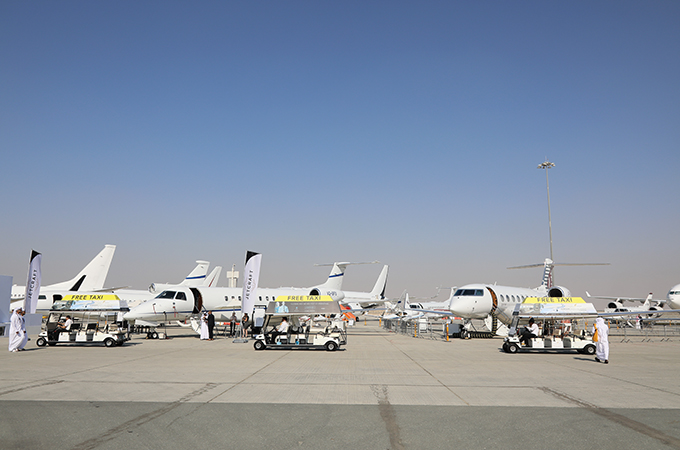
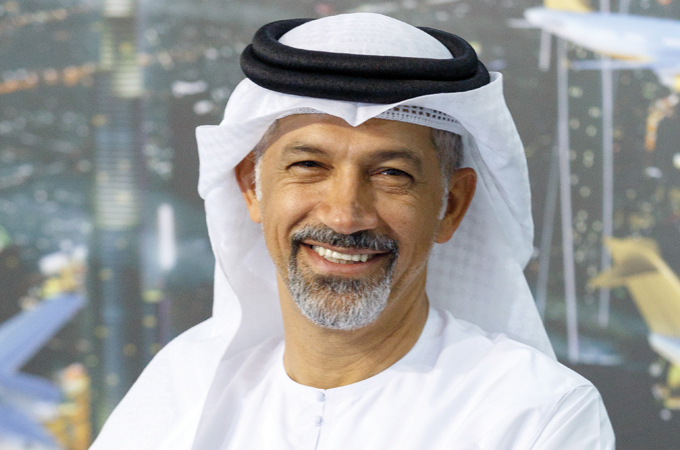
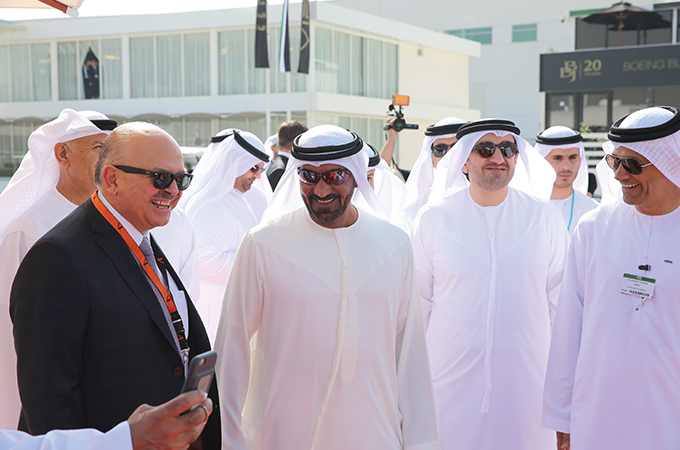
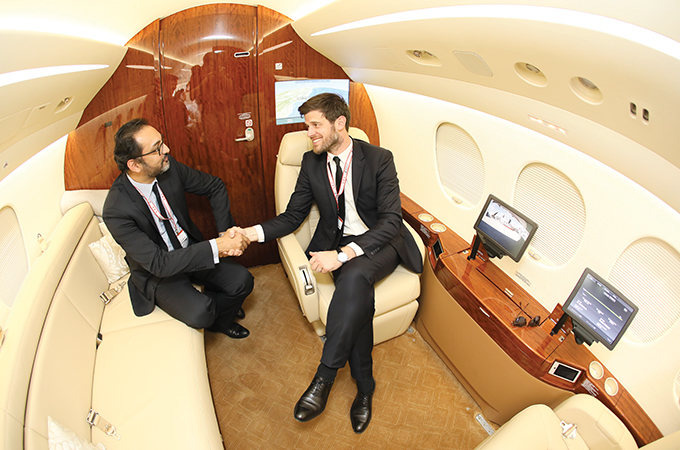
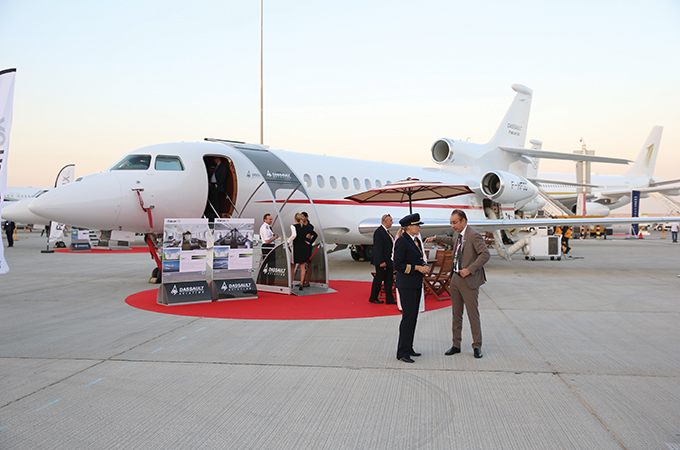
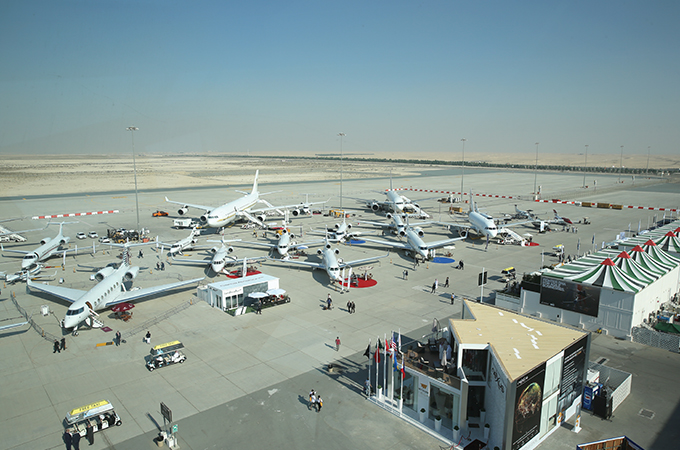
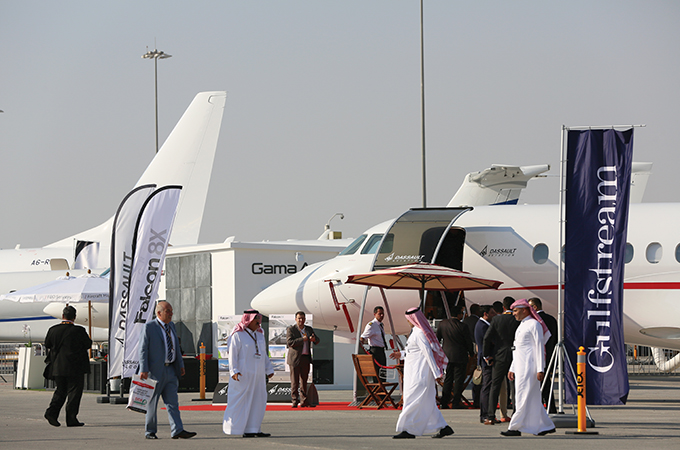
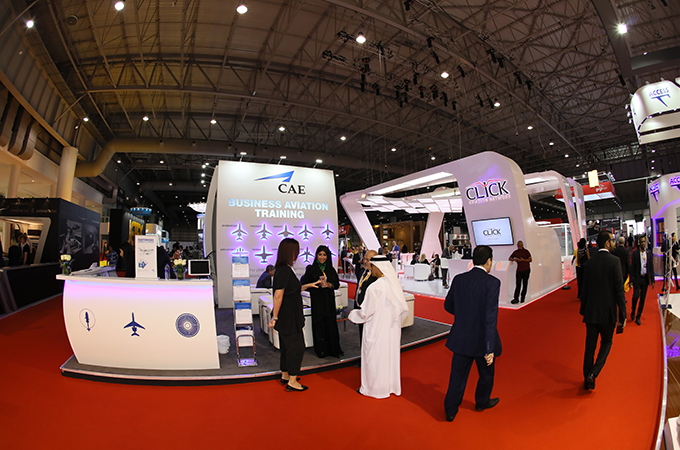
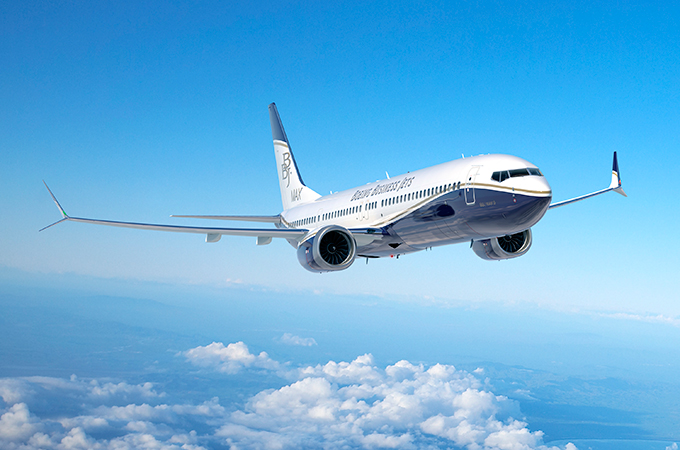
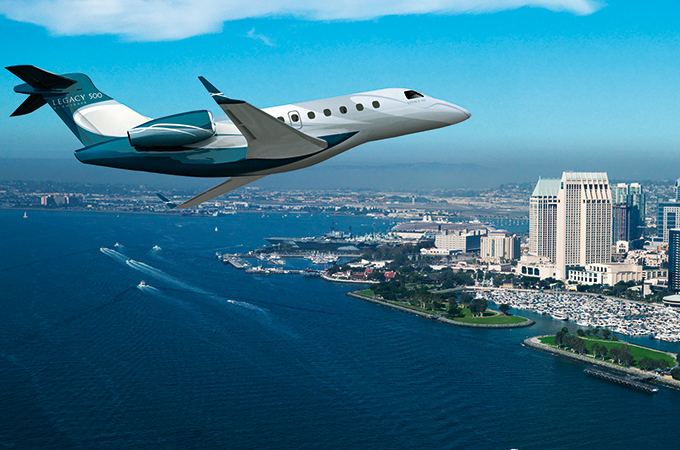
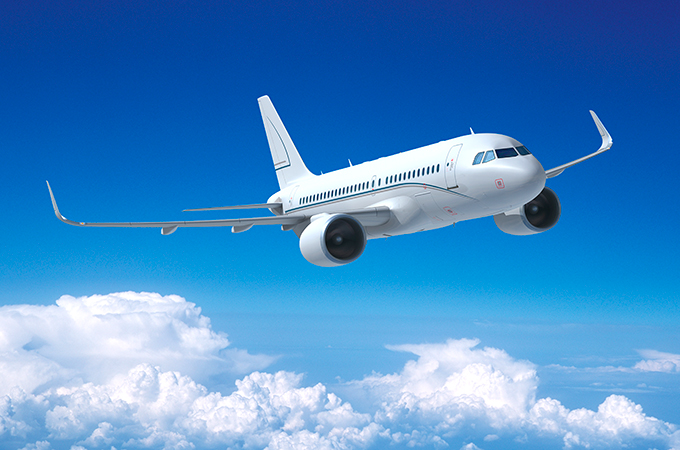
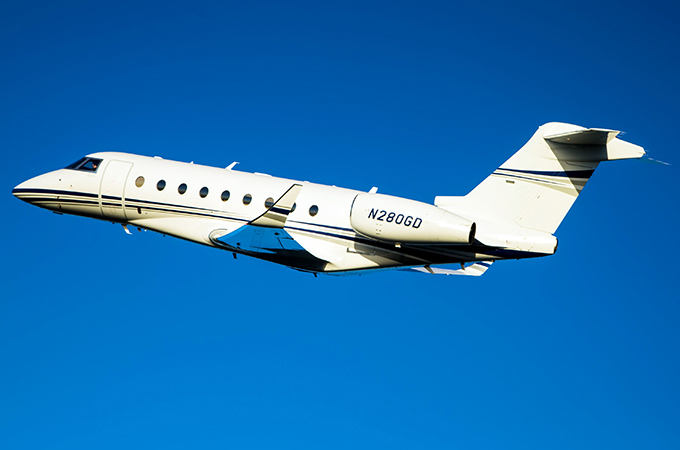
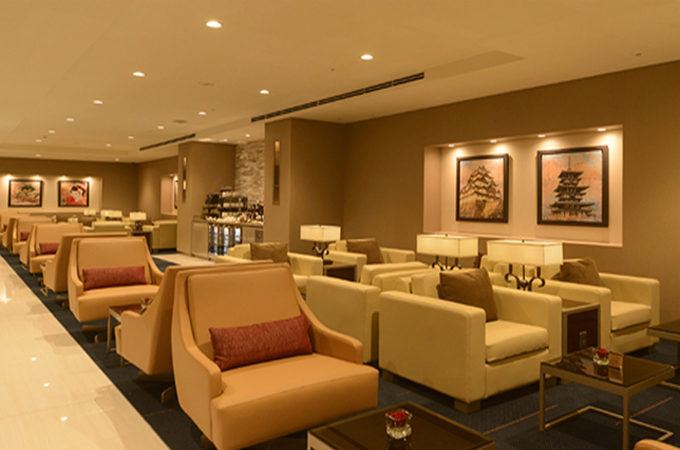
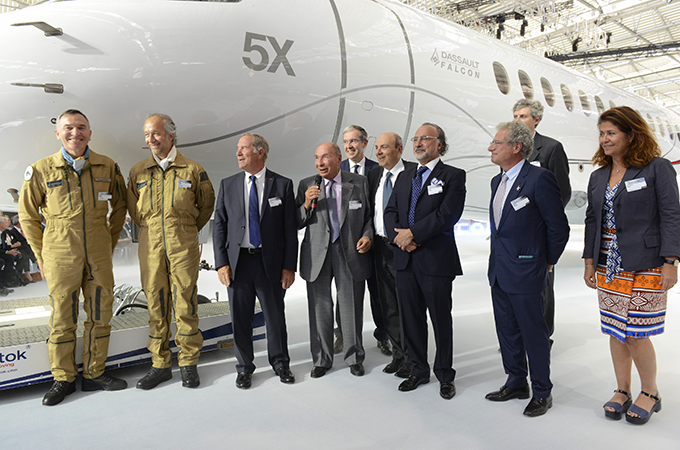
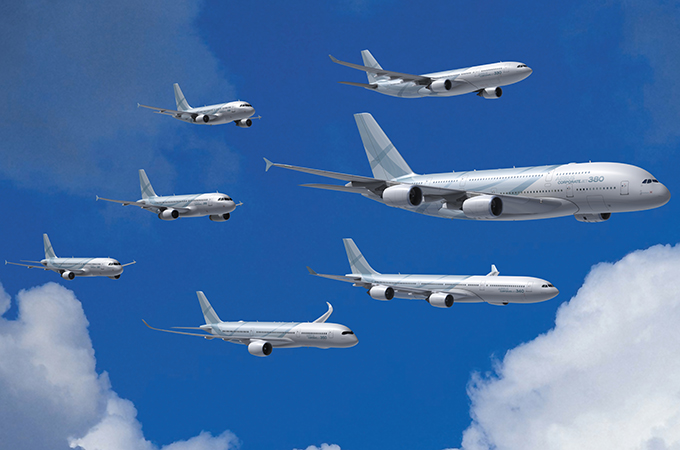
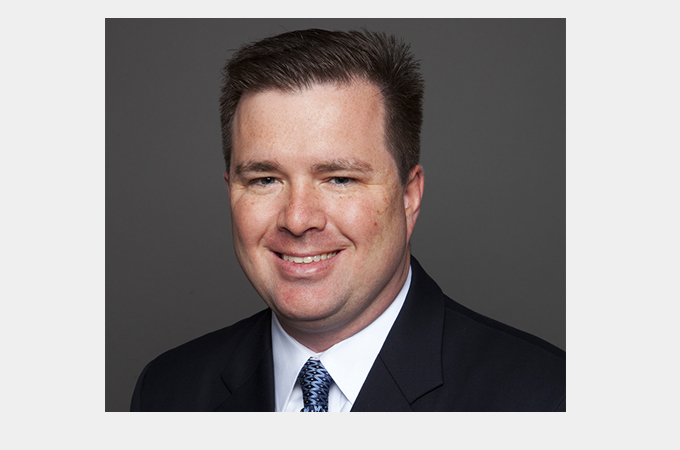
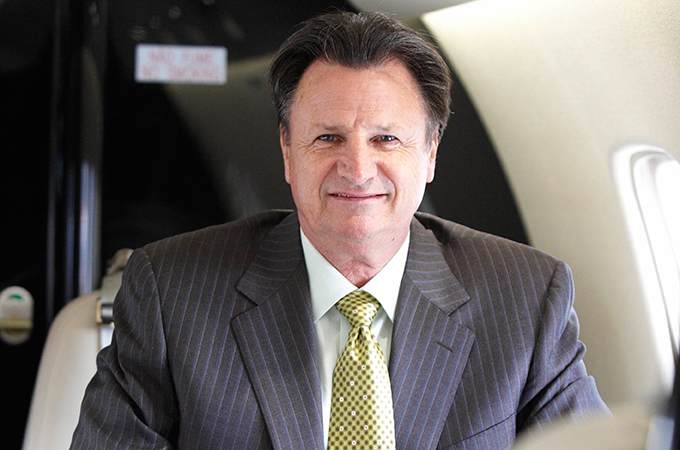
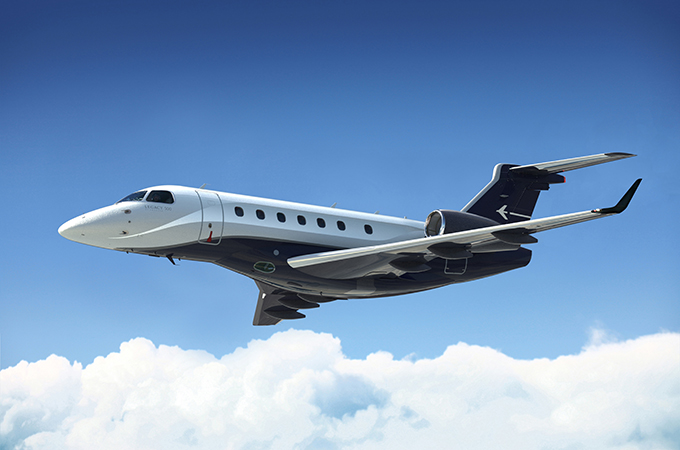
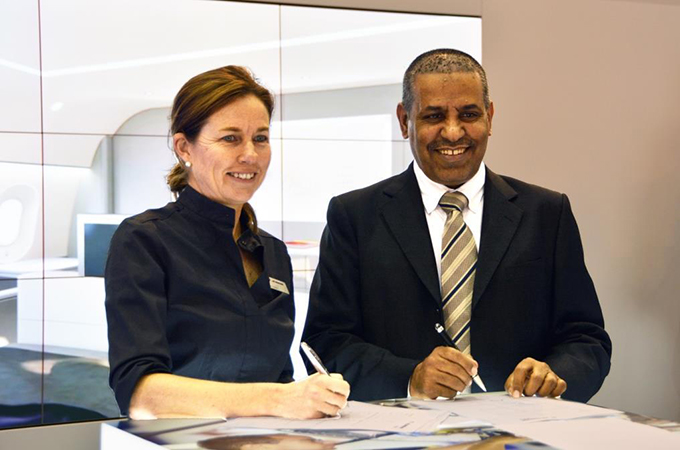
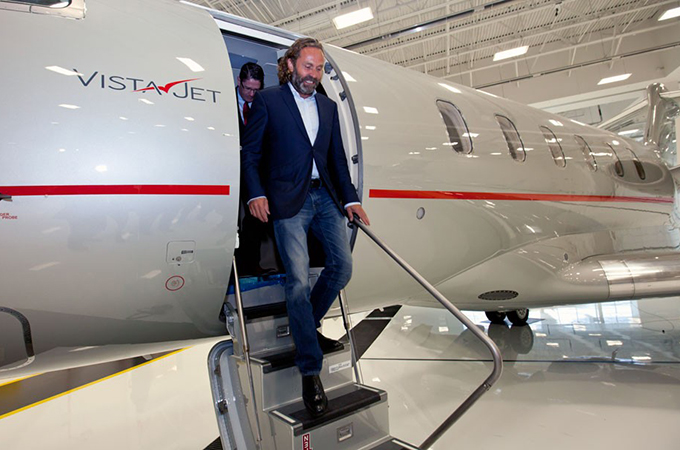

.jpg)
